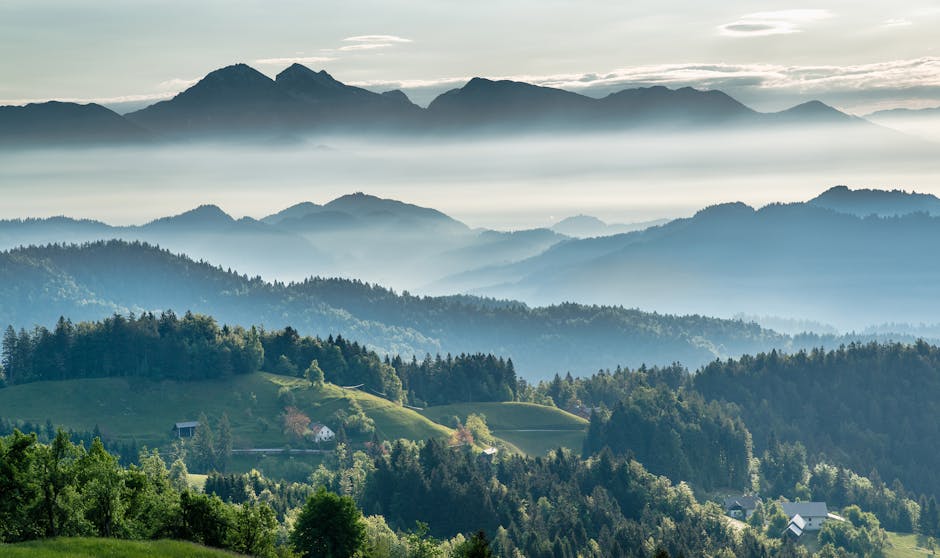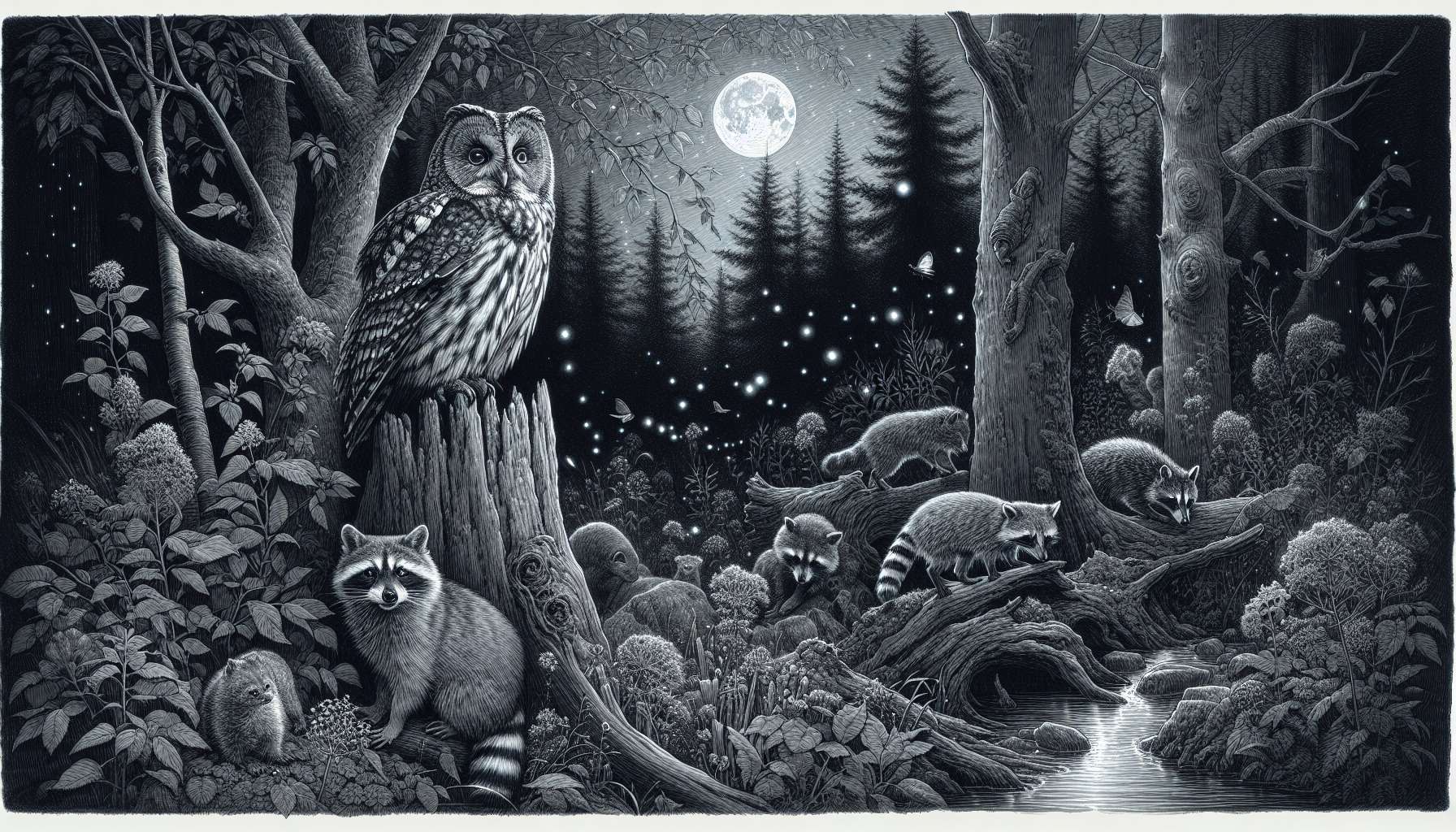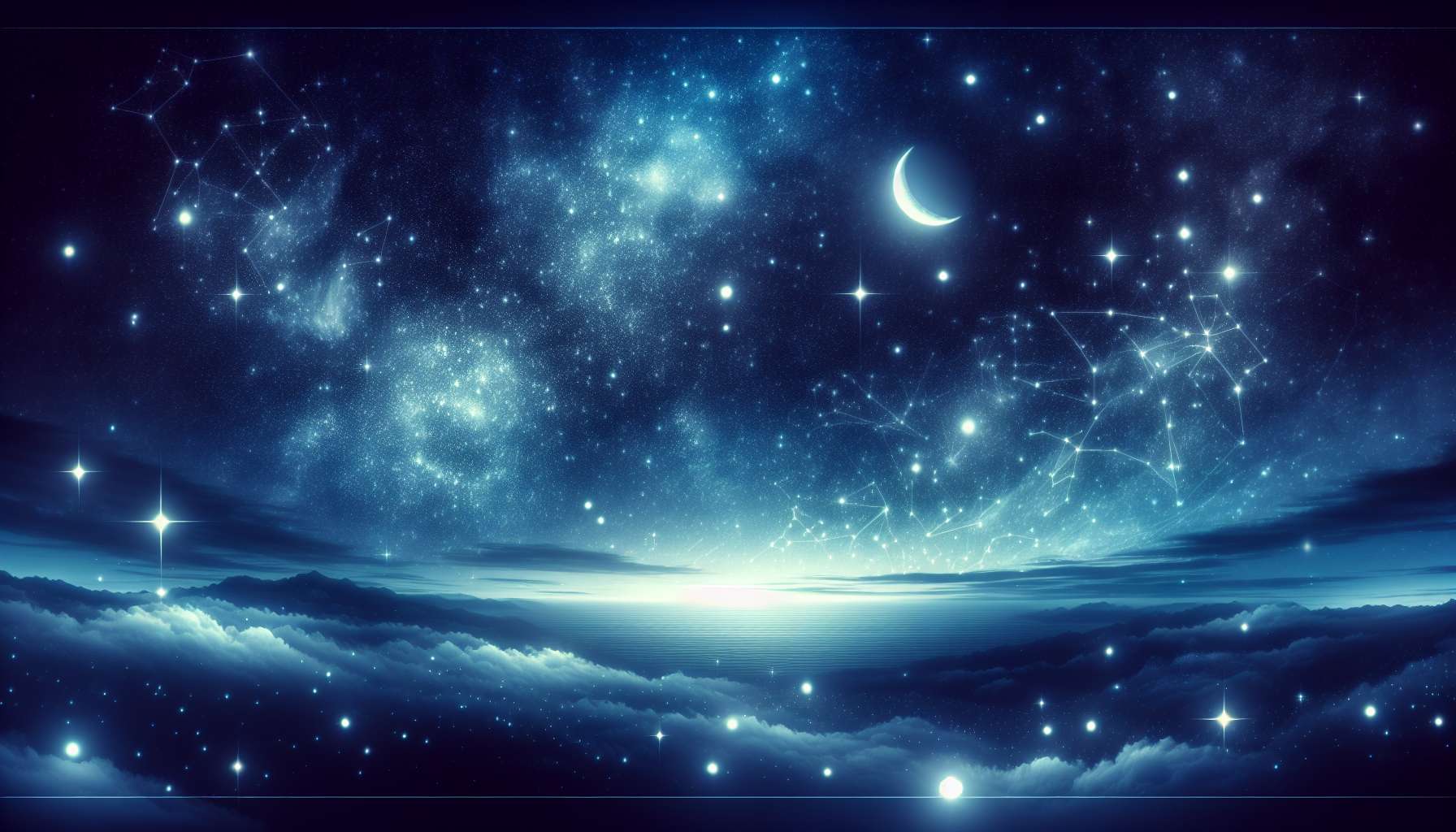The Enigmatic Beauty of Nebulous Twilight Spectacles
As the day merges into night, and the sky transforms into a canvas of colors, a magical phenomenon unfolds the nebulous twilight spectacles. These ethereal displays of light and shadow captivate us, evoking a sense of wonder and introspection. But what exactly are these elusive spectacles, and what makes them so mesmerizing? Join us on a journey to unravel the mysteries of nebulous twilight spectacles, exploring their origins, manifestations, and significance in the natural world.
The Enchantment of Dawn and Dusk
Twilight, the transitional period between day and night, is a time of profound beauty and transformation. It is during this ephemeral moment that the sky is painted with a kaleidoscope of colors, ranging from soft pastels to vibrant hues. The interplay of light and darkness creates a mesmerizing spectacle, captivating viewers with its ephemeral beauty.
One of the most enchanting aspects of twilight is the phenomenon known as the “golden hour,” when the sun is low on the horizon, casting a warm, golden light over the landscape. This magical time of day is beloved by photographers and artists for its soft, flattering light and dramatic shadows. As the sun dips below the horizon, the sky is bathed in a symphony of colors, from fiery reds and oranges to soothing blues and purples, creating a stunning backdrop for evening activities.

The Science Behind the Splendor
While the beauty of twilight may seem like pure magic, there is a scientific explanation behind this captivating phenomenon. Twilight occurs due to the scattering of sunlight by the Earth’s atmosphere, which causes the sky to glow with an array of colors. During the day, the sky appears blue due to Rayleigh scattering, where shorter blue wavelengths are scattered more than longer red wavelengths. As the sun sets, the angle of the sunlight changes, resulting in a shift in the colors of the sky from blue to red and orange.
Another fascinating aspect of twilight is the phenomenon of crepuscular rays, also known as “sunbeams,” which occur when sunlight filters through breaks in the clouds or other obstructions, creating dramatic shafts of light. These rays are often visible during sunrise and sunset, adding an element of drama to the twilight spectacle.
The Cultural Significance of Twilight
Throughout history, twilight has held a special place in human culture and folklore. In many traditions, twilight is seen as a liminal time, when the boundaries between the physical world and the spiritual realm are blurred. This mystical quality of twilight has inspired countless myths, legends, and rituals, celebrating the beauty and significance of this magical time of day.
In art and literature, twilight is often portrayed as a time of reflection, transition, and transformation. Poets and writers have long been captivated by the evocative beauty of twilight, using it as a metaphor for the passage of time, the cycle of life, and the mysteries of the universe. Artists have also been drawn to the ethereal quality of twilight, capturing its fleeting beauty in paintings, photographs, and other creative works.
Exploring Nebulous Twilight Spectacles
Now, let us delve deeper into the concept of nebulous twilight spectacles, a term that encompasses a wide range of phenomena that occur during the twilight hours. From the play of light and shadow to the dance of colors in the sky, nebulous twilight spectacles offer a rich tapestry of visual delights that inspire awe and wonder.
1. The Dance of Shadows
One of the most mesmerizing aspects of twilight is the interplay of light and shadow, creating a dynamic and ever-changing landscape. As the sun sets, shadows lengthen and deepen, casting a veil of mystery over the world. The contrast between light and dark is particularly striking during twilight, adding depth and drama to the scenery.
Photographers and artists often use the dramatic shadows of twilight to enhance their compositions, creating striking contrasts and visual interest. The play of light and shadow can transform ordinary scenes into extraordinary works of art, capturing the mood and atmosphere of the twilight hours.
2. The Symphony of Colors
As the sun dips below the horizon, the sky becomes a canvas of colors, ranging from soft pinks and oranges to deep purples and blues. The changing hues of the sky during twilight create a breathtaking display of natural beauty, inspiring awe and wonder in observers.
One of the most iconic features of nebulous twilight spectacles is the phenomenon of the “green flash,” a rare optical phenomenon that occurs just as the sun sets or rises. The green flash is caused by the refraction of sunlight through the Earth’s atmosphere, creating a brief but stunning green light that is visible for a few seconds.
3. Celestial Delights
Twilight is also a time of celestial wonders, as the stars and planets begin to emerge in the darkening sky. The transition from day to night offers a unique opportunity to observe the beauty of the night sky, with twinkling stars, shimmering planets, and the silvery glow of the moon.
Astronomers and stargazers often take advantage of the twilight hours to observe celestial events such as meteor showers, lunar eclipses, and planetary alignments. The combination of the fading light of day and the emerging darkness of night creates a magical backdrop for these celestial spectacles, adding an extra dimension of wonder to the twilight experience.
Expert Opinions on Nebulous Twilight Spectacles
We reached out to Dr. Elena Martinez, an astronomer and expert on atmospheric optics, to shed light on the science behind nebulous twilight spectacles. According to Dr. Martinez, “The beauty of twilight lies in its complexity and unpredictability. The interplay of sunlight, atmospheric conditions, and geographical location creates a unique tapestry of colors and patterns that is never the same twice. Observing and studying nebulous twilight spectacles can offer valuable insights into the nature of light, color, and perception.”
Conclusion: Embracing the Magic of Nebulous Twilight Spectacles
To wrap things up, nebulous twilight spectacles are a source of endless fascination and inspiration, offering a glimpse into the beauty and wonder of the natural world. From the dance of shadows to the symphony of colors in the sky, twilight is a time of transformation and enchantment, inviting us to pause, reflect, and appreciate the ephemeral beauty of the world around us.
As we gaze upon the nebulous twilight spectacles that unfold before us, let us remember the words of the poet Rainer Maria Rilke: “Be patient toward all that is unsolved in your heart and try to love the questions themselves. Do not now seek the answers, which cannot be given you because you would not be able to live them. And the point is to live everything. Live the questions now. Perhaps you will then gradually, without noticing it, live along some distant day into the answer.”




